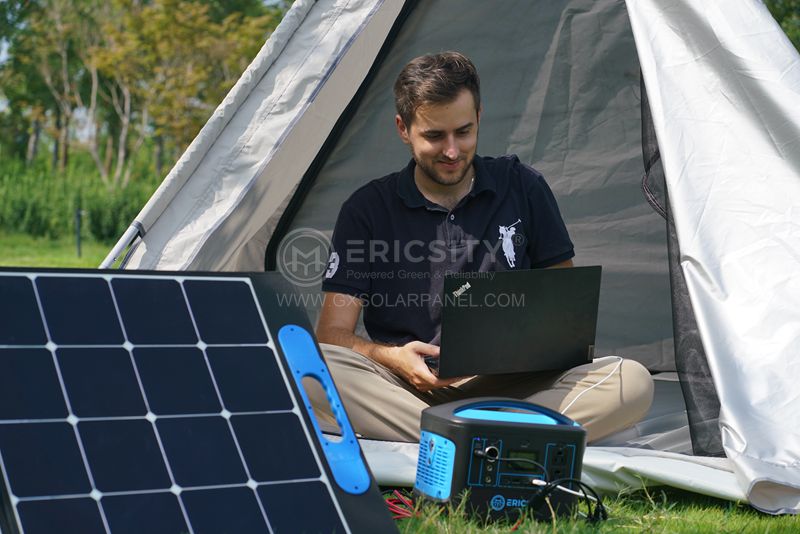HOT PRODUCT
Product Details
Efficiency Meets Versatility: What Sets 175w Flexible Panels Apart
Efficiency Meets Versatility: What Sets 175W Flexible Panels Apart
In the ever-evolving renewable energy industry, solar power has emerged as a leading alternative to traditional energy sources. Solar panels are designed to convert sunlight into electricity, enabling consumers to reduce their carbon footprint and achieve energy independence. While rigid solar panels have dominated the market for years, the emergence of flexible solar panels promises increased versatility and efficiency.
One of the most remarkable innovations in this field is the 175W flexible panel, which combines high power output with bendable characteristics. These panels are becoming increasingly popular in various applications, ranging from residential rooftops to portable devices and outdoor recreational activities. So, what exactly sets 175W flexible panels apart from their rigid counterparts? Let’s explore their efficiency and versatility.

Efficiency:
The efficiency of a solar panel refers to its ability to convert sunlight into usable electricity. Traditional rigid panels generally achieve high efficiency rates; however, 175W flexible panels are not far behind. Thanks to innovative manufacturing techniques and advanced materials, these flexible panels can now reach impressive efficiency levels, often exceeding 20 percent.

One of the primary reasons behind their high efficiency is the use of monocrystalline solar cells. Monocrystalline cells offer better performance due to the uniformity and purity of the silicon used. This results in better light absorption and higher energy conversion. By incorporating such cells, 175W flexible panels can generate a significant amount of electricity even when the available sunlight is limited.
Versatility:
Unlike their rigid counterparts, flexible solar panels offer a unique advantage due to their adaptability. Their lightweight and thin design make them suitable for a wide range of applications that previously had limited solar compatibility. Let’s explore some key areas where the versatility of 175W flexible panels shines:
1. Residential Use: These flexible panels can be installed on various surfaces like curved rooftops or irregular shapes. They can conform to the contours of the roof, maximizing the use of available space while maintaining an aesthetically pleasing appearance.
2. Portable Power Solutions: Camping trips, outdoor events, and off-grid adventures often require a reliable power source. 175W flexible panels can be easily rolled up, making them highly portable. They can be used to charge battery packs, smartphones, portable speakers, and even power small appliances.
3. Transportation: Vehicles like boats, RVs, and trailers can greatly benefit from the flexibility and efficiency of these panels. They can be mounted on curved surfaces, ensuring that power is generated even when space is limited. This enables users to harness solar energy for various applications on the move.
4. Clothing and Wearable Tech: Flexible solar panels can be integrated into clothing and wearable accessories, enabling the generation of electricity to power small electronic devices. From smartwatches to fitness trackers, these panels contribute to an enhanced user experience and extend the battery life of wearable tech.
5. Outdoor Recreation: Flexible solar panels are ideal for outdoor activities like hiking or cycling. They can be easily attached to backpacks or tents, providing a constant source of renewable energy to charge devices and power LED lights, enabling campers to stay connected even in remote locations.
In conclusion, the emergence of 175W flexible panels represents a significant advancement in the solar industry. With their high efficiency and adaptability, these panels offer a range of applications previously limited by traditional rigid panels. From residential rooftops to portable devices and outdoor recreation, the versatility of 175W flexible panels opens up new possibilities for harnessing solar energy efficiently. As renewable energy continues its rise, these panels are shaping a more sustainable and versatile future.




